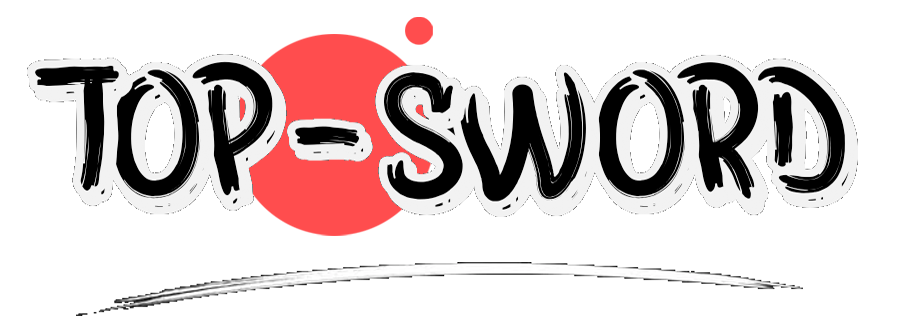The Katana in Snake Eyes: G.I. Joe Origins: Martial Arts Mastery and the Blade’s Cinematic Rebirth
Introduction: The Katana as a Bridge Between Eras
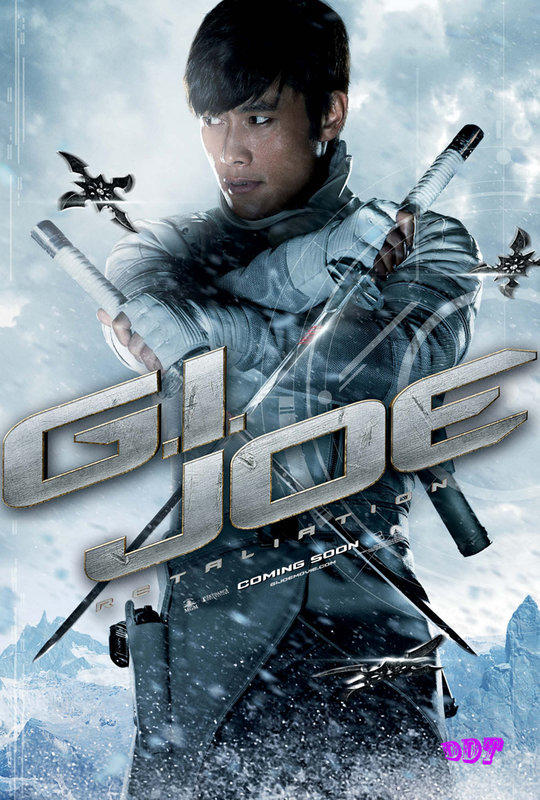
In Snake Eyes: G.I. Joe Origins (2021), the katana transcends its historical roots to become a cornerstone of modern action cinema. The duel between Snake Eyes (Henry Golding) and Storm Shadow (Andrew Koji) merges Eastern precision with Hollywood spectacle, redefining the katana as a symbol of loyalty, identity, and redemption. This article dissects the blade’s role through martial choreography, narrative symbolism, and cultural reinvention17.
Chapter 1: Choreography – Kenji Tanigaki’s Blade Ballet
1.1 Fusion of East and West
Action director Kenji Tanigaki (Rurouni Kenshin) blended iaido, Eskrima, and modern combat. In the Tokyo alley fight, Snake Eyes executes gyaku-kesa (reverse diagonal slash) to sever gun barrels, followed by tobikomi (vertical strike) to crush helmets, embodying kendo’s “one cut, one kill” philosophy17.
Technical Nuance: Slow-motion sparks and muscle tension highlight clashes, as seen in the bamboo forest duel where blade reflections mirror psychological tension1.
Actor Training: Henry Golding trained for six months in iaido, performing 95% of stunts, including bullet-deflecting spins1.
1.2 Tactical Evolution
The film modernizes katana combat:
Blade-Bullet Synergy: Snake Eyes deflects bullets while throwing tantō to disable firearms, echoing ninja rantōjutsu (chaos combat)7.
Environmental Mastery: Storm Shadow’s nodachi smashes cliffs, forcing Snake Eyes to anchor with a wakizashi (short sword), showcasing weapon diversity27.
Chapter 2: Narrative – Loyalty and Betrayal
2.1 Snake Eyes’ Redemption
His katana mirrors identity shifts: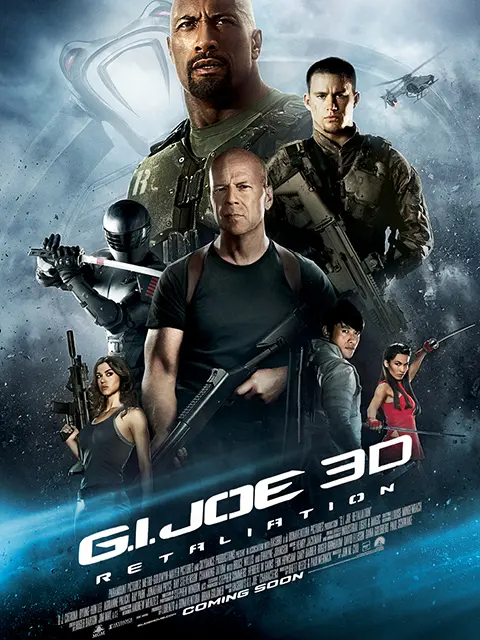
Origin: Traumatized by his father’s death via katana, he adopts a sakabato (reverse-blade) to restrain violence, akin to Rurouni Kenshin17.
Climax: Breaking his blade to stab a traitor’s heart symbolizes severing the past1.
2.2 Storm Shadow’s Corruption
Storm Shadow’s blade embodies moral decay:
Design: Cobra-engraved tsuba (guard) and poison needles reflect his ruthlessness1.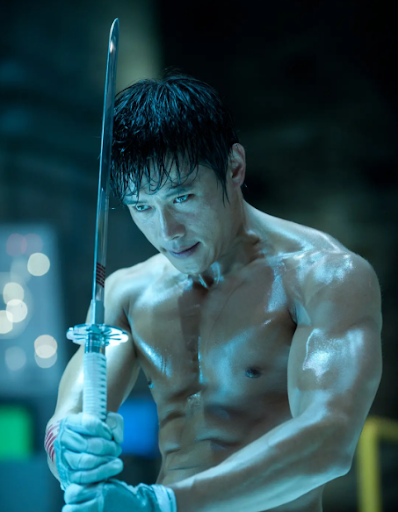
Style: His rapid thrusts (tsuki) in the finale mimic a “venomous strike,” contrasting Snake Eyes’ restraint7.
Chapter 3: Cultural Reinvention
3.1 From History to Sci-Fi
Material: Snake Eyes’ “carbon-nano steel” blade emits EMP pulses, fusing tradition with Ghost in the Shell-style tech17.
Form: Storm Shadow’s detachable nodachi with chain recalls kusarigama tactics27.
3.2 Bushido Reimagined
Loyalty Paradox: Both characters betray factions for honor, using katanas to navigate moral gray zones110.
Anti-Violence: Director Robert Schwentke stated Snake Eyes’ non-lethal finale revives the samurai “katsujinken” (life-giving sword) ideal1.
Chapter 4: Behind the Scenes
4.1 Tanigaki’s Revolution
Philosophy: Rejecting CGI, Tanigaki used real (blunt) katanas for bamboo cuts to capture authenticity1.
Aesthetics: He incorporated Noh theater’s “ma” (pause) into standoffs, using blade tremors for psychological depth7.
4.2 Historical Meets Pop Culture
Accuracy: Advisors referenced Edo-era Shinkage-ryū manuals for katana techniques like kirioroshi (defensive counter)27.
Innovation: Storm Shadow’s venom blade nods to Ninja Gaiden, while Snake Eyes’ EMP katana echoes Metal Gear’s cyborg ninjas19.
Conclusion: The Blade’s Legacy
Snake Eyes reinvents the katana as a cross-cultural icon. When Snake Eyes shatters his blade to end the cycle of vengeance, it becomes more than steel—it’s a testament to the warrior’s eternal journey1710.
SEO Strategy
Title (Under 300 Characters)
"Katana Combat in Snake Eyes: G.I. Joe Origins: Martial Arts Mastery, Blade Symbolism & Kenji Tanigaki’s Choreography | Deep Dive"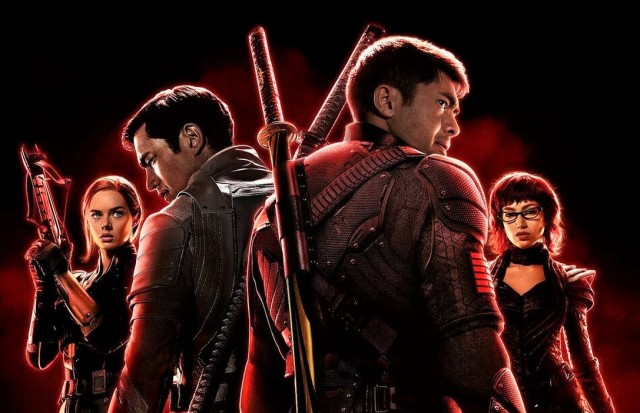
Meta Description (Under 500 Characters)
Explore the katana’s role in Snake Eyes: G.I. Joe Origins! Discover Henry Golding’s iaido training, Kenji Tanigaki’s action genius, and how the blade symbolizes loyalty vs. betrayal. Dive into historical accuracy, sci-fi upgrades, and Bushido philosophy. Perfect for action fans and samurai culture enthusiasts!
